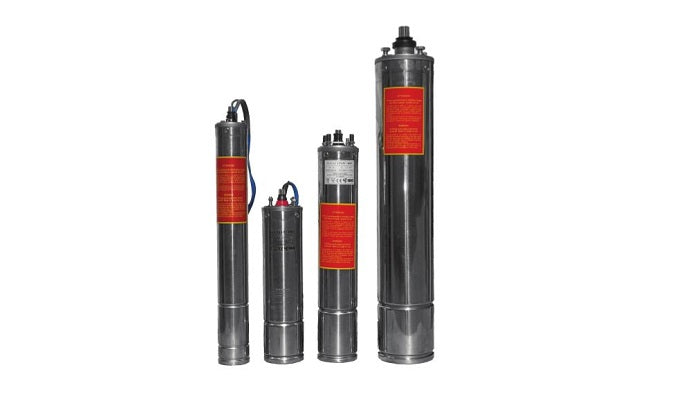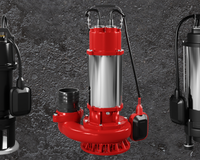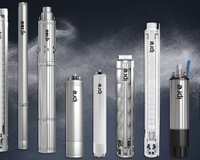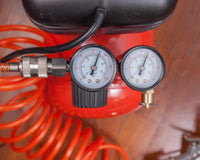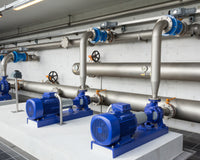The deep -sea engine is an electrical device for propelled immersion pump. It is filled with non -toxic oil or liquid resistant to freezing. Perfect for hydrophore sets with a deep or drinking water pump. The deep engines are maximally tight and can work under very high pressure. They are made of stainless steel, which provides them with exceptional durability and reliability. Most of them are performed in the NEMA standard.
Technical parameters and construction of deep engines
Good deep -sea engine It is a guarantee of safe and many years of pump operation. Deeply engines provide variable torque in deep -sea pumps. The deep -sea engines housing is made of stainless steel in the Aisi 304 species. The upper part of the body is usually a cast iron element, protected by an anti -corrosive cover. The deep -sea engine shaft is adapted for intensive operation and resistant to mechanical overloads and damage. Very important parts of the deep engine are also ball bearings and mechanical angina from graphite and ceramics. In the case of deep -sea engines, there is no risk of oil out of external insulation - the whole structure is extremely tight. The deep engine is adapted to continuous operation.
The most important technical parameter of deep -sea engines is the maximum immersion depth, which should not be less than 100 meters. It is also worth paying attention to permissible voltage fluctuations and water temperature as well as the degree of protection and the class insulation class. A highly efficient deep -sea engine will be able to start at least 20 times an hour. The engine bearing system is lubricated with a liquid filling the engine, which derives energy losses. The construction of connections and clutches in the deep engine is standardized and accepted by all deep -sea pump manufacturers. The deep -sea engine can be single -phase or three -phase.
Safe and functional deep engines
Deeply engines are adapted to work in a vertical and horizontal position. They are equipped with waterproof electrical connectors, and their seals, cables and windings are characterized by the highest level of European quality. They meet restrictive standards and must have a CE compliance mark. Their efficiency should exceed 70%. In the context of functional properties, the rated power of the deep -sea engine and the rotational speed are very important. Deeply engines should not be operated at frequencies exceeding their rated values, i.e. usually 50 and 60 Hz. Deeply engines are powered on 230V or 400V. The deep -sea engine should be selected by one more power compared to the value given in the pump selection card. The deep engine is protected against short circuits, overloads, phase disappearance, power asymmetry, voltage reduction or excessive attachment.
Nowadays, the production of four -inch deep engines is produced, which are produced in accordance with the ISO 9001 standard. 6 ", 8", 10 "or 12" engines with 0.25kW to 400kW are also available on the market. The deep engines work mainly and are equipped with a self -regenerating stator resin that protects the engine from damage. Systems cooperating with deep -sea engines are used not only for supplying drinking and utility water in households, water supply factories and agriculture, but also for dehydration or raising pressure.

